Ethnoveterinary medicines used against various livestock disorders in the flora of Shamozai Valley,Swat,KP Pakistan
2020-09-03NoorMuhammadMuhammadKhalilUllahKhanNisarUddinNiazAliShariatUllahMuhammadUmer
Noor Muhammad,Muhammad Khalil Ullah Khan,Nisar Uddin,Niaz Ali,Shariat Ullah,Muhammad Umer
1College of Horticulture,Hebei Agricultural University,Baoding 071000,China; 2Department of Botany,Hazara University,Mansehra 21300,KP,Pakistan; 3Department of Botany,University of Malakand,Chakdara 18800,KP,Pakistan; 4College of Plant Protection,Hebei Agricultural University,Baoding 071000,China.
Abstract
Background: The Shamozai Valley of Swat District is remarkable with various plant treasures.Ethnoveterinary information offers folk remedies for livestock,which are cheaper than standard treatment methods and are readily available.Methods:Different trips were organized for gathering(harvesting)and recording medicinal plants in the area during 2018.A total of 140 local residents were interviewed.Then,the obtained data were evaluated using used value,relative frequency citations,fidelity level,consensus index,and informant consensus factor.Results:In this study,41 plants were presented,and these plants were used commonly as medication for treating various livestock ailments.The therapeutic plants with most used value were Artemisia scoparia (0.607), Berberis lyceum Royle (0.610), Bromus japonicus (0.491), Avena sativa (0.482), Cannabis sativa L.(0.473), Capsicum annum L.(0.471), Cedrus deodara (0.462),and Chenopodium murale (0.453).On the basis of relative frequency citations values,the most quoted plant species by the indigenous people are Artemisia scoparia (0.760), Berberis lyceum(0.742), Bromus japonicus (0.731), Avena sativa (0.721),and Cannabis sativa L.(0.711).Consensus index percentage showed the highest for Artemisia scoparia (83.109%),followed by Berberis lyceum Royle (80.454%),whereas the ethnomedicinal plant species with most fidelity level were Artemisia scoparia (76.320%), Berberis lyceum Royle (73.403%), Bromus japonicus (72.013%), Avena sativa (71.024%), Cannabis sativa L.(69.322%),Capsicum annum L (68.344%), Cedrus deodara (67.215%),and Chenopodium murale (66.060%) for various disorders.Informant consensus factor ranged from 0.947 to 1.000,whereas different ailments viz.appetite-causing agent,carminative treatment,eye diseases,mouth ulcers,myiasis,pediculosis,septicemia,and tick infestation had maximum informant consensus factor value. Conclusion: The publics of Shamozai are deeply reliant on ethomedicinal plants for treating numerous livestock ailments.Folk information always offers a baseline for further phytochemical and pharmacologic study.
Keywords:Ethnoveterinary practices,Medicinal plants,Folk knowledge,Livestock ailments,Shamozai Valley
Background
Humans have been using folk medicine to treat animals since ancient times; however,this information was only documented accurately in recent times [1].Knowledge about traditional livestock health was unclear until 1950,and the first traditional animal health knowledge and the earliest reports,such as“Animal Husbandry,Animal Industry,and Animal Disease in the Somaliland Protectorate,Part I”[2]and“Indian Materia Medica” [3] were simultaneously published in 1954,and this knowledge was later recognized as “ethnoveterinary” in one of the studies,“An Introduction to Ethnoveterinary Research and Development”,by McCorkle in 1986 [4].Ethnoveterinary remedy contains all the methodologies practiced by mankind to enhance animal production[1,2].Ethnoveterinary information is helpful to evaluate the farmer’s daily life experience and is considered to be the heritage of particular tribe [1-3].These pieces of information are verbally transferred from generation to generation and are kept in their minds [2-4].Farmers usually have a long history of applying cultural medications,and they also have deep familiarity of their surroundings [1-5].Since early times,medicinal plants have been widely used for treating various disorders [1].Until now,many reports are available on medicinal activities of plants[1-3].
Natural medicinal flora is under severe stress,and it is gradually declining due to anthropogenic activities[1].Conserving medicinal flora is very important,and there is an intense and urgent need for conservation action,including the need for coordinated conservation action using both in situ and ex situ strategies [1].It also requires the inclusion of community and gender perspectives in developmental conservation policies.Several plant species are medicinal,and their conservation is a microcosm [1].The limited occurrence and slow growth of medicinal plants and the destructive harvesting of small and large plants mostly results in the exhaustion of resources and even extinction of species[1-4].That is why the sustainable use of plants for ethnoveterinary purposes should be considered,and harvesting methods must be formulated.Harvesting the whole plant is more destructive than collecting leaves,flowers,or buds[1].
The younger generation has insufficient knowledge about ethnoveterinary practices,whereas elders have sufficient information [1].Most of Pakistani(Shomozai) livestock owners particularly in the study area are poor and having 4-6 cattle per family in general[1].Majority of them cannot manage to pay for new allopathic medicines due to their low economic situation [6,7] that finally results into deprived livestock production and financial losses due to unhealthy cattle [1,2].In this situation,ethnoveterinary medication can be encouraged as an alternative of modern medications,and it will help in poverty mitigation by authorizing these societies to practice managing livestock using their own resources[1,5,8].
Medicinal plants are generally cherished foundations of novel ethnoveterinary medications [5,7].Nearly 1,500 medicinal plants are consumed in Pakistan,of which 80%are collected from the wild[1].Moreover,up to 80% of livestock owners in rural and backward areas are entirely reliant on herbal medications for their animals’ primary healthcare [6].Plants have been applied to cure animal infections since ancient times [5,6].The prominence of medicinal plants and folk ethnoveterinary health systems in resolving the health care problems in the world is a foremost consideration [4,9-11].That is why in the renaissance of awareness,investigation on plants of medicinal reputation is remarkably increasing at the country and global level [1].In addition,societies are becoming progressively concerned in medicinal plants due to their robust antioxidant actions,decent healing/medicinal activities,low toxicity,and widespread availability[12].
Plants are a significant source of ethnomedicine and plays an important role in animal health [13-16].Plants have been recognized to be a vital possible source of remedial assistance in the animals [1].Using therapeutic plants plays an impressive role in animal health management throughout the globe [16].This includes the applications of medicinal plants not only to cure the ailments,but also as possible material for maintaining good animal health [12].Numerous countries around the globe,including Pakistan,that is,two-third of the population rely on plant-based remedies for primary animal healthcare [14].This is due to the healthier traditional adequacy,enhanced compatibility,and adaptability with the animals’ body,and it produces less side effect [15].From parallel studies,plant-based medicines were uncovered from studying healing,ethnic,and traditional treatments and,most particularly,the traditional information from local people [5,6],and some of these reports are inimitable in spite of the current development in science and technology[16].
Livestock keepers all over the Pakistan have up to 4,000-year-old information and experience [1,2],but this requires to be reported on a priority basis as this cherished information is vanishing because of rapid socioeconomic and environmental changes and advancement of civilization[1,13,14,17-32].Several plant species used in ethnoveterinary practice to treat fever,gastrointestinal helminthiasis,rheumatism,skin diseases,etc.,have been reported in literature [1,2,4-32].Treating animal disorders with various medicinal plants is an important part of ethnoveterinary medicine [1].Several researchers have reported ethnoveterinary practices from various parts of Pakistan [3,4,16-18],but documentation is still required from various parts of the country to preserve this precious knowledge [4-13].The goal of this research study is to investigate the application of medicinal plants to control various animal disorders in the hilly areas of Shamozai Valley,Swat,Pakistan.
Materials and methods
Research site
The Shamozai Valley (remote area) is situated in the western part of the District Swat,adjacent to the border of District Dir lower and Union Council Kuz Abakhel.The area is bordered by the high mountains of Shamozai.Around it,in the west are Dir lower and Ziarat Kuz Abakhel,Kabal in the east,Parai,Barikot in the south,and Sarkhanai and District Dir lower in the north (Figure1).Rangila,Chalira,Balera,Banda,Sangar,Jabagai,Kohey,Nemogram,Saboon Khpa,Gharai,Khazana,Gamkot,Chargo Tangay,Sakha Kohay,Mirata,Qabar Shah,Zarkhela,Chongai,Terang,and Dedawar are major villages in Shamozai Valley (Figure1).These sites were visited several times for data collection and recording.
Medicinal plant collection and methodology
In the study,140 local informers were interviewed.The research was carried out from March 2018 to November 2018.The medicinal value of plants was recorded based on information from the residents.The plants species of medicinal importance for livestock in the current study were identified by assistant professor Dr.Shariat Ullah,Plant Taxonomy and Phytosociology Lab,Department of Botany,University of Malakand,Chakdara KP,Pakistan,following the identification procedure previously described by Muhammad et al.[1],Muhammad et al.[18],Qureshi et al.[12,13],and Ahmad et al.[20]; and referring several flora viz.flora of Pakistan by Hooker (1872-1897) [21],the modernized nomenclature of the recognized species was done according to Muhammad et al.[16],Ahmed et al.[20],and Siddiqui et al.[22].The specimens were deposited in the herbarium of the University of Malakand Chakdara,KP,Pakistan.
Statistical analysis
Applying quantitative indices as a tool to compute the use value and importance of plants species is a rising fashion in quantitative ethnoveterinary study [1].Researchers have established numerous indices to assess the importance of plants to humans [18-28].The assessment of quantitative indices of plants in ethnobotanical studies is an important technique applied in numerous kinds of studies,providing exploration on traditional uses,and naming and classifying important medicinal plants [14-19].The following statistical indices used for data analysis are shown in Table1.
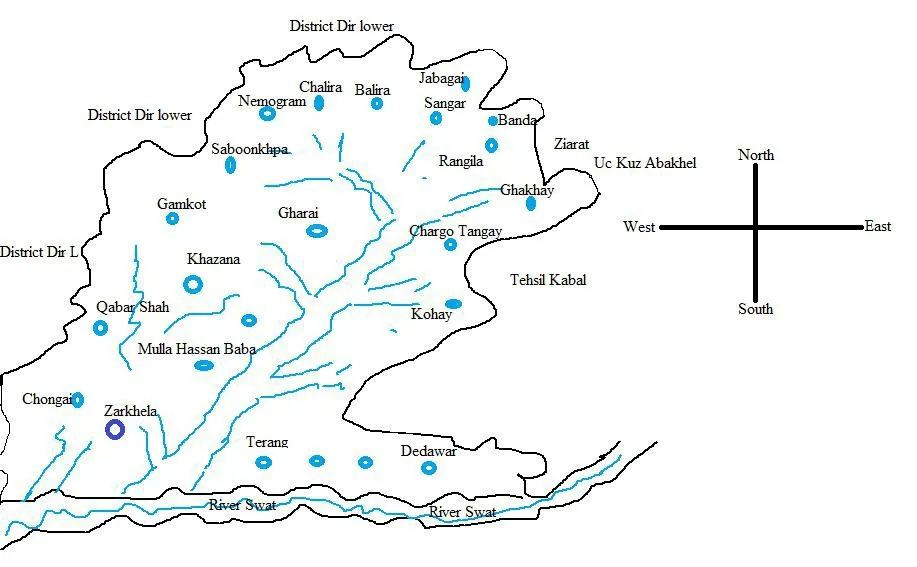
Figure1 Map of Shamozai Valley,Swat,Pakistan
Results
Phytodiversity
Cultural diversity and rich flora are key indicators for the existence of rich traditional ethnoveterinary medicinal plants [1].The present study designated 41 plants that were commonly used by the local people for treating various livestock diseases.Among the 41 plant species,43.420% were herbs,9.756% were shrubs,and 26.829% were trees (Table2).Only those plants were collected,for which the interviewers have solid opinion or valid and authentic knowledge regarding the plants’ efficacy in traditional ethnoveterinary practices.The 41 plants with botanical,local,and family names,as well as their uses,are shown in Table2.
Used value(UVi)
Farmers’ knowledge about treating livestock using ethnoveterinary practices was obtained from their ancestors[1,2,6,17].This type of livestock treatment is an easy way,because they use local plants to treat various ailments [5,6,16].The incorporation of systematically authenticated ethnoveterinary practices in the livestock husbandry system in rural areas may help in poverty mitigation and increase livestock production[4-16].The UVi of medicinal plant species used in ethnoveterinary practices ranged from 0.122 to 0.607 (Table3).The medicinal plants with the highest most-use values wereArtemisia scoparia(0.607),Berberis lyceumRoyle (0.610),Bromus japonicus(0.491),Avena sativa(0.482),Cannabis sativaL.(0.473),Capsicum annumL.(0.471),Cedrus deodara(0.462),andChenopodium murale(0.453); whereas the plants with the least UVi values wereDesmostachya bipinnata(L.) Stapf (0.160),Plantago lanceolataL.(0.150),Tamarix aphyla(L.) Karst(0.140),Cedrela serrataRoyle (0.130),andZanthoxylum armatumDc (0.122).The high UVi of the quoted therapeutic plant species may be due to their extensive spread and the intense cultural awareness,causing these species to become the first choice for treating animal diseases[2-20].
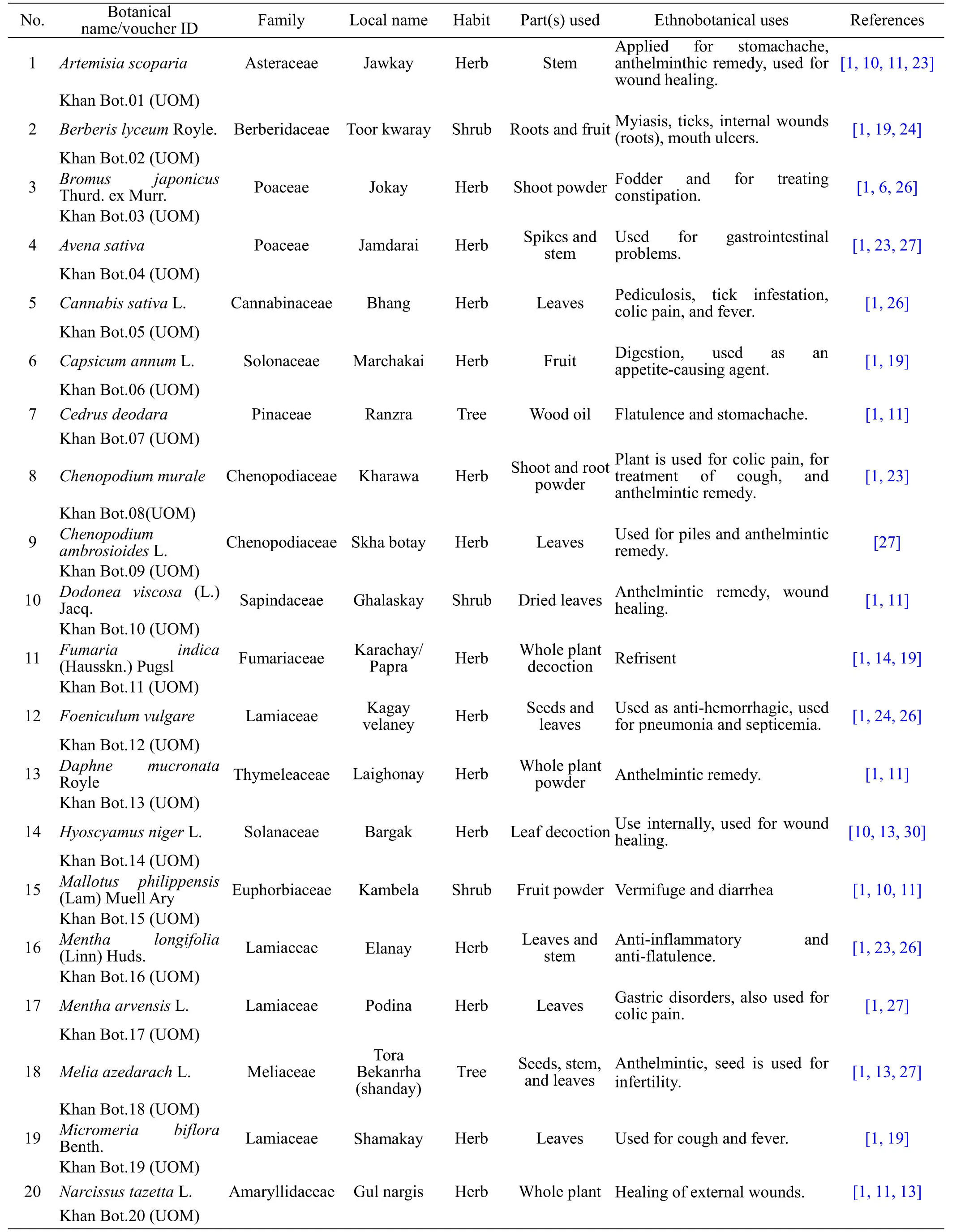
Table2 Documentation of medicinal plants with scientific name,local name,parts used,and associated ailments
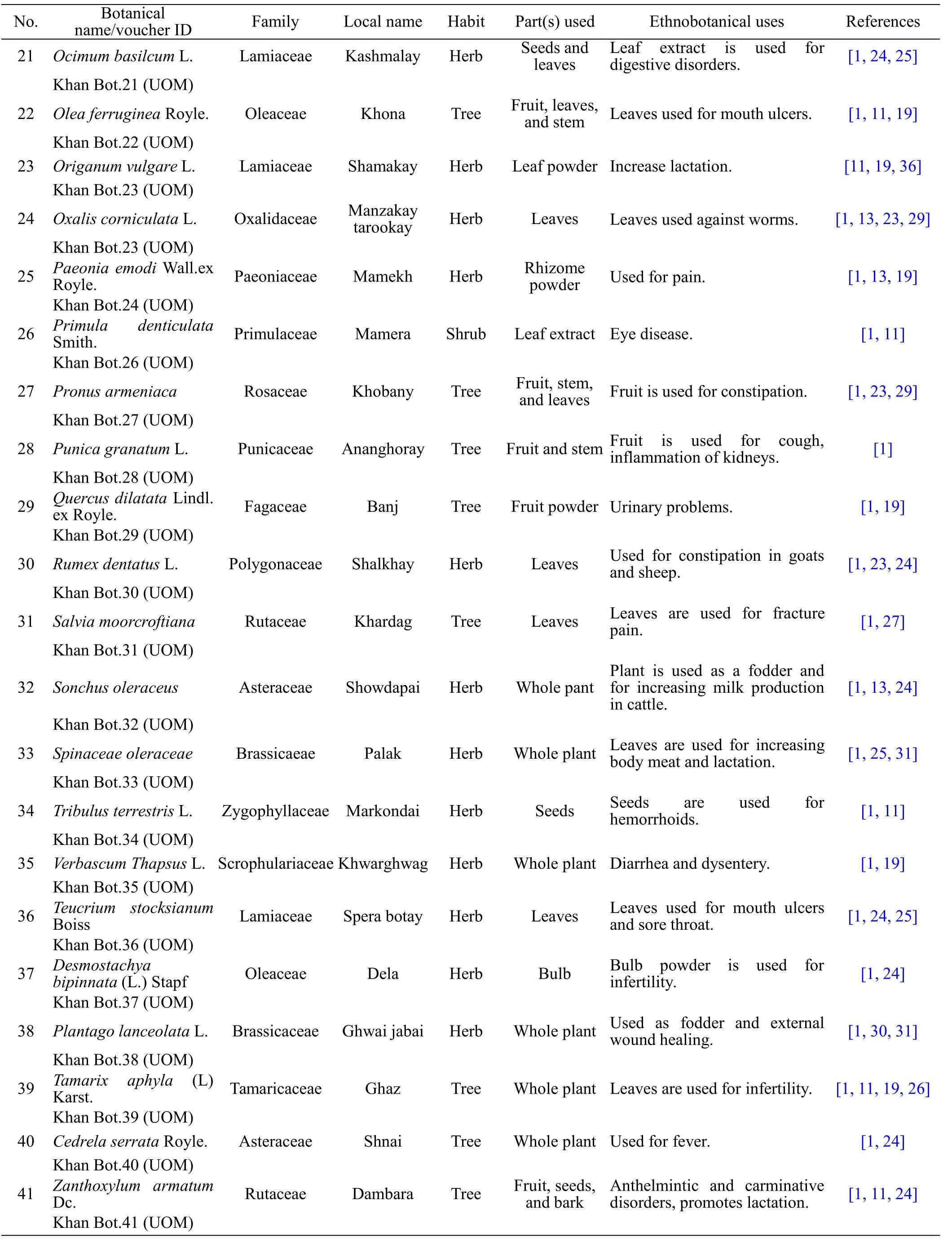
Table2 Documentation of medicinal plants with scientific name,local name,parts used,and associated ailments(Continued)
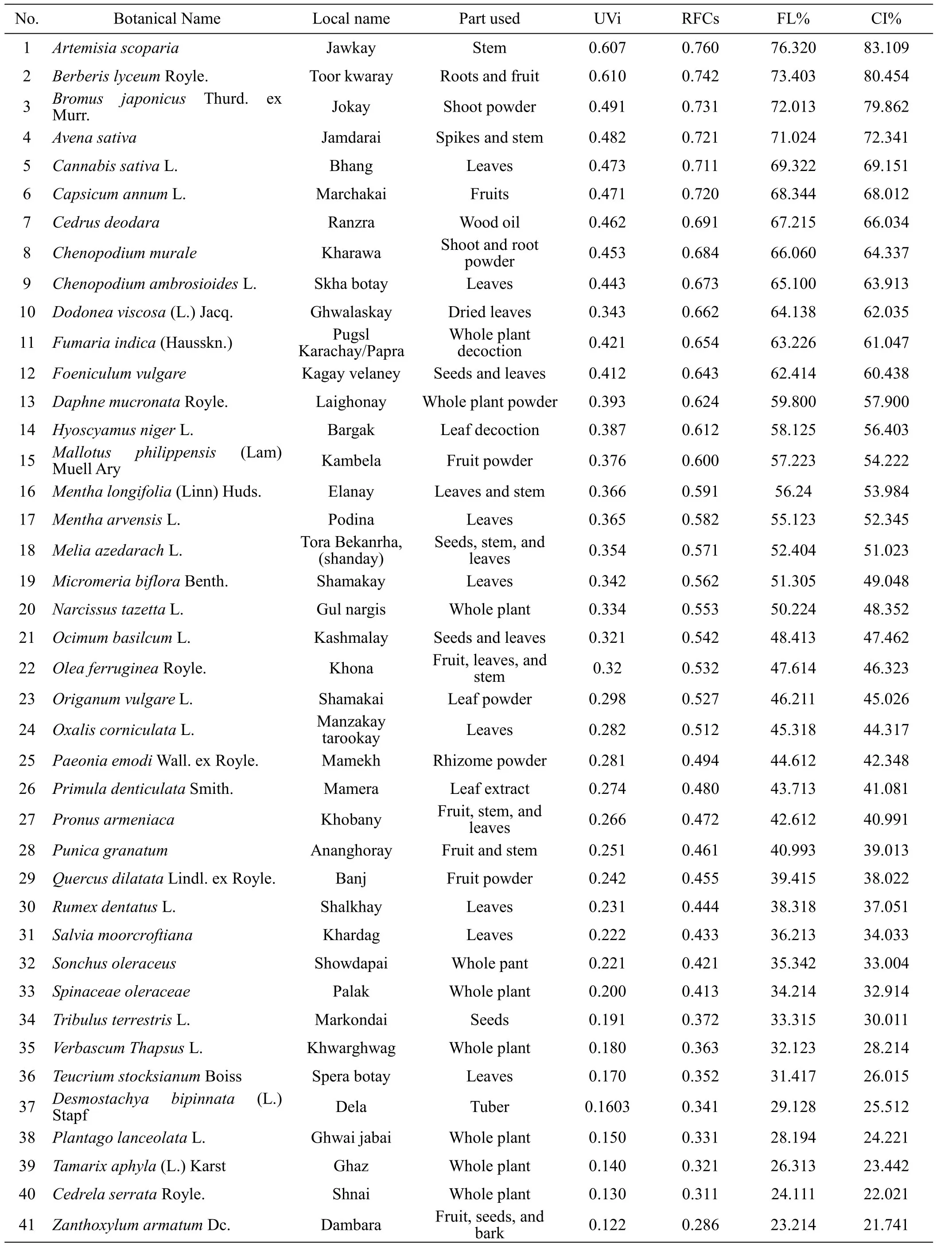
Table3 Medicinal plants with local and family names,habit,part(s)used,disease cured,UVi,RFCs,FL,and CI
Relative frequency citations(RFCs)
RFCs are assessed in order to recognize the most frequently consumed medicinal plants for various disorders [8-16].In the present analysis,it ranged from 0.286 to 0.760 (Table3).The most quoted plant species by the indigenous people areArtemisia scoparia(RFCs = 0.760),Berberis lyceum(0.742),Bromus japonicus(0.731),Avena sativa(0.721),Capsicum annumL.(0.720),andCannabis sativaL.(0.711).The plants reported by the claimants were directed for all the local publics of the research area.Furthermore,medicinal plants with highest RFCs values needs to be phytochemically examined to investigate their active ingredients for drug innovation[5-9].
Fidelity level(FL%)
FL% is applied to identify the species that are most favored by the people for curing certain livestock disorders.In the present work,FL% ranges from 23.214% to 76.320%,whereas the ethnomedicinal plant species with highest FL% wereArtemisia scoparia(FL% = 76.320%),Berberis lyceumRoyle(FL% = 73.403%),Bromus japonicus(72.013%),Avena sativa(71.024%),Cannabis sativaL.(69.322%),Capsicum annumL (68.344%),Cedrus deodara(67.215%),andChenopodium murale(66.060%) for various disorders,whereas the lowest FL% among these medicinal plants wereTamarix aphyla(L) Karst (26.313%),Cedrela serrataRoyle(24.111%),andZanthoxylum armatumDc (23.214%)(Table3).
Consensus index(CI%)
CI of the taxa are mentioned in Table3,which ranged from 21.741% to 83.109%.CI results revealed that most respondents’ percentage was forArtemisia scoparia(CI% = 83.109%),followed byBerberis lyceumRoyle (80.454%).High peak CI% forBerberis lyceumwas also reported by Muhammad et al.[14-16].However,Bromus japonicusThurd.ex Murr(79.862%)was followed byAvena sativa(72.341%),Cannabis sativaL.(69.151%),andCapsicum annumL.(68.012%).CI specifies agreement on the significance ofArtemisia scopariaas significantly well-recognized medicinal plant used in cultural and folk medicine to treat numerous animal disorders in Shamozai Valley.
Informant consensus factor(FIC)
FIC ranged from 0.947 to 1.000 (Table4),and the plants’ usage reports ranged from 77 to 140.Different diseases viz.appetite-causing agent,carminative disorders,eye disease,mouth ulcers,myiasis,pediculosis,septicemia,and tick infestation have maximum FIC value due to representation by only a single medicinal plant taxa/species (Nt= 1).Other most frequently cited disease categories were constipation (FIC = 0.992),followed by fracture pain and infertility (0.991 for both),flatulence and inflammation of urine (0.990 for both),stomachache(0.989),vermifuge and diarrhea (0.987 for both),cough,increased lactation,and gastrointestinal problems (0.983 each),fever (0.970),and anthelminthic remedy (0.964).The lowest FIC value was recorded for wound healing(0.947).
Discussion
Therapeutic plants have given humans a huge diversity of strong medications to lessen or eliminate animal diseases [1].There have been several reports of improvements made in synthetic drugs,but there is still a huge amount of animal illnesses or infections with no apparent drug of choice [4-13].This have given rise to a crucial requisite to make safer medicines (both for man and animals) for treating various diseases,such as myiasis,pediculosis,septicemia,and tick infestation [1].Based on new studies on medicinal plants and herbal remedies,there have been countless progresses in the pharmacologic assessment of several plants used in local ethnoveterinary systems [5,6].Subsequently,plants can be dubbed as main reservoirs of drugs,not only as remote active values distributed in consistent amount,but also as crude remedies for the entire population[1].Current drugs and herbal remedies are complimentarily applied in various rural areas for animal healthcare management [1].Because of good results from using therapeutic plants,these species are rotated throughout the globe,and several herbal drugs were identified to be free from deleterious health and environmental effects[15,16,28-32].
In our present investigation,41 plants were used against various animal diseases in the area,and it has been found that farmers prefer to collect the required plant directly from their surroundings,depending upon the season and availability of the plant.It has also been noted that some ethnomedicinal species were very popular in particular areas,for example,plants with most-use values wereArtemisia scoparia(UVi =0.607),Berberis lyceumRoyle (0.610),Bromus japonicus(0.491),Avena sativa(0.482),Cannabis sativaL.(0.473),Capsicum annumL.(0.471),Cedrus deodara(0.462),andChenopodium murale(0.453).On the basis of RFC values,the most quoted plant species by the indigenous people areArtemisia scopariahaving (RFCs = 0.760),Berberis lyceum(0.742),Bromus japonicus(0.731),Avena sativa(0.721),andCannabis sativaL.(0.711).The high frequency citation shows that these species are very famous among the farmers for treating their livestock[2,3,4,8,11,14-18].Similarly,RFCs values were cited by Muhammad et al.[1] for various livestock disorders.The high values of cited medicinal plant species may be due to their widespread distribution and intense traditional awareness,which made these botanical species as the first choice for livestock disease treatment [1,8].CI results showed that most interviewees%age was forArtemisia scoparia(CI%=83.109%),followed byBerberis lyceumRoyle(80.454%).A different result was found by Muhammad et al.[1],who described that CI values were highest forBerberis lyceum,whereas the ethnomedicinal plant species with the highest FL were
Artemisia scoparia(FL% = 76.320%),Berberis lyceumRoyle (73.403%),Bromus japonicus(72.013%),Avena sativa(71.024%),Cannabis sativaL.(69.322%),Capsicum annumL (68.344%),Cedrus deodara(67.215%),andChenopodium murale(66.060%).Several researchers got maximum FL values against certain diseases like tick infestation and gastrointestinal disorders [2-8,11-29].FIC ranged from 0.947 to 1.000,and different ailments viz.appetite-causing agent,carminative diseases,eye disease,fracture pain,inflammation of the kidneys,mouth ulcers,myiasis,pediculosis,and septicemia have the highest values.This study agrees with the study of Muhammad et al.[1].Various ethnoveterinary studies were found in the literature,which were in line with our results in terms of the highest value of FIC being for tick infestation and appetite-causing agent,similar to the studies by Akhtar et al.[19] and Iqbal et al.[6].
In ethnoveterinary medicine,various parts of the plant are used,such as bark,roots,wood,leaves,stem,flowers,fruit,buds,bulbs,and seeds[2-8,14-20].The socioeconomic classification of the research area was typically rural [1].Livestock owners were relatively rich in the knowledge of livestock health and production [2-14,16-19].Applying ethnoveterinary for removing of ecto- and endoparasites has been reported earlier around the globe [1],but in Pakistan,this type of studies are very rare [20]; hence,the present research work was the first of its class,in which ethnoveterinary practices used for controlling animal diseases in the hilly areas of Shamozai,Pakistan was quantified.Further investigation is required on accurate standardization of doses and selection of methods to decrease drug toxicity hazards to livestock [12-20,25,32].The study area had a typically rural socioeconomic situation.
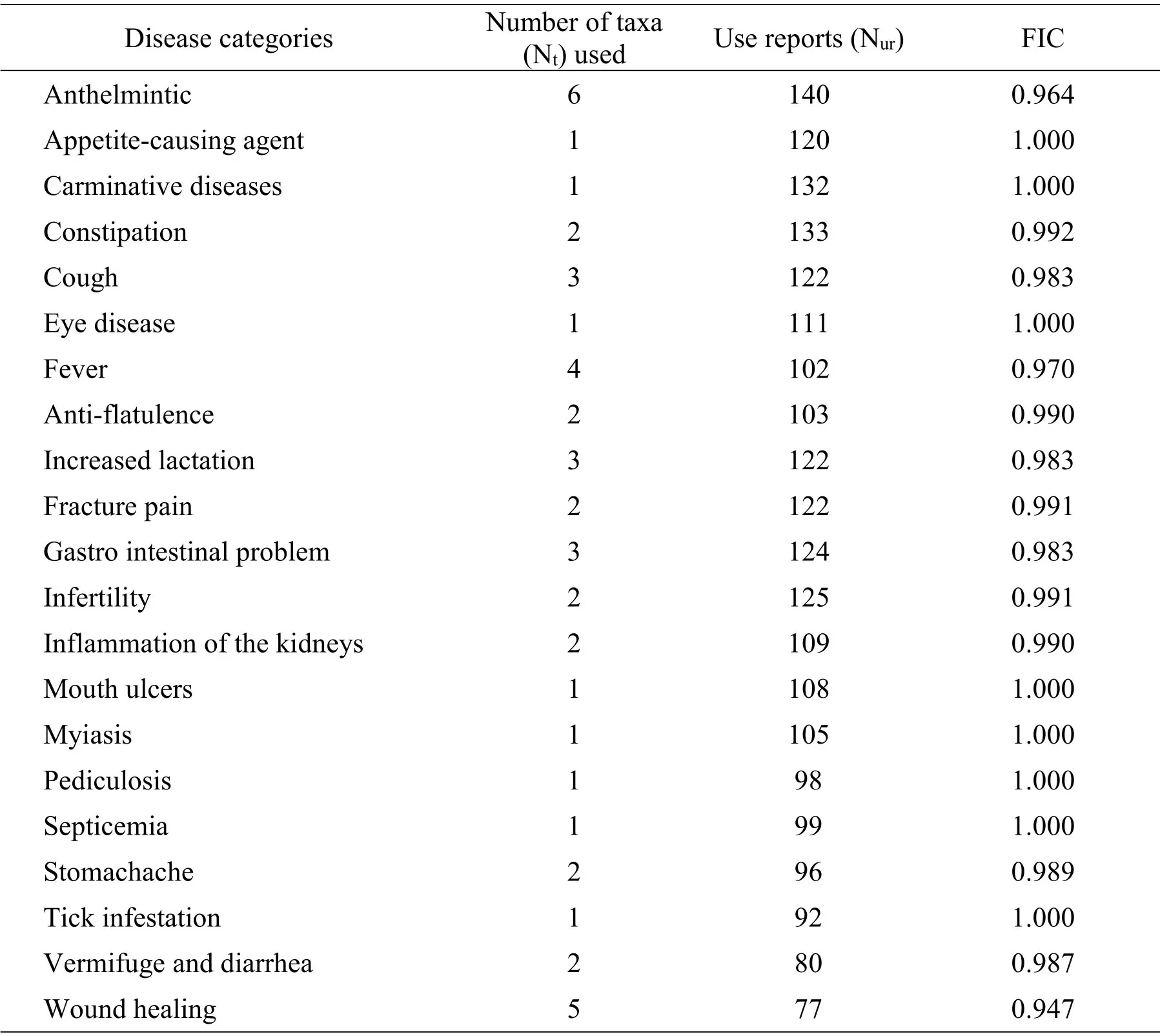
Table4 FIC for each group of various diseases
Ethnoveterinary science is of countless significance for the assistance that it provides regarding proper knowledge of the interrelations among qualities,materials,knowledge,and culture of a society in its entirety.Ethnoveterinary studies and other research investigations that focus on recording customary and ethnic information offer an entrance for imminent pharmacologic discoveries and drug studies [3].Although,much of the customary information about the applications of plants in traditional ethnoveterinary medicine and health maintenance is susceptible due to vanishing ethnic and local cultures throughout the world [19].This knowledge can play a role in maintaining and recording this precious information[1].Moreover,acknowledgment is being given for the incorporation of ethnoveterinary information in biodiversity conservation and sustainable supervision of natural wealth [15-24].The livestock holders of the country are not only reliant on plants to acquire fodder for their cattle,but also on applying diverse medicinal plants to cure several livestock ailments [5,6,14].The consumption of particular plant parts indicates that these parts have robust medicinal characteristics,but it requires biological investigation and pharmacologic screening to validate this indigenous information[7-13].
More effort is required for decreasing the stress on the plants in the area through monitoring animal consumption and avoiding overcollection by the local residents.Researches have exposed that protection against grazing and other human influences in northern Pakistan has improved species richness and vegetation cover[8,9,26-32].
Ethnoveterinary medicinal plant species cited in this study may require phytochemical and pharmacologic screening for active ingredients,and clinical trials may be done for evaluating their therapeutic activities.Utilization of ethnoveterinary medicines in the research area could most likely be promoted and strengthened by initiating a coordinated research and development program for assessing the efficacy of the plants,and there also is a need for a standardized method for the development,cultivation,and conservation of these medicinal plants.
Conclusion
The significance of the reported medicinal plants in sustainable animal healthcare cannot be ignored.These identified medicinal plants have therapeutic properties.The use of these plants for the treatment of livestock diseases is globally increasing.In sustainable livestock healthcare management,medicinal plants have played a key role,which has led to the rising attention in alternative treatment and therapeutic use of plants.This is because it is very cheap,compared with synthetic drugs.Our current ethnoveterinary study provides a leeway to explore some active compounds from these therapeutic plants; thus,this motivating ethnomedicinal detail can be research-provoking.Ethnoveterinary knowledge is under a severe risk due to urbanization,expanding agricultural demands,and acculturating trend of village residents.Due to urbanization,the ethnoveterinary knowledge may be lost in future; hence,it is a dire need to collect and systematically document this precious and empirical indigenous information and pay due attention to protect and conserve wild medicinal plants.In this study,41 plants were presented,and these therapeutic plants were applied generally as ethnomedicinal treatment of various livestock illnesses.The most important medicinal plants with the highest UVi wereArtemisia scoparia(0.607),Berberis lyceumRoyle(0.610),Bromus japonicus(0.491),Avena sativa(0.482),Cannabis sativaL.(0.473),Capsicum annumL.(0.471),Cedrus deodara(0.462),andChenopodium murale(0.453).Based on RFC values,the most quoted plant species by the indigenous people areArtemisia scoparia(0.760),Berberis lyceum(0.742),Bromus japonicus(0.731),Avena sativa(0.721),andCannabis sativaL.(0.711).CI results showed that most interviewees % age was forArtemisia scoparia(83.109%),followed byBerberis lyceumRoyle(80.454%),whereas the ethnomedicinal plant species with highest FL values wereArtemisia scoparia(76.320%),Berberis lyceumRoyle (73.403%),Bromus japonicus(72.013%),Avena sativa(71.024%),Cannabis sativaL.(69.322%),Capsicum annumL.(68.344),Cedrus deodara(67.215),andChenopodium murale(66.060) for various disorders.FIC ranged from 0.947 to 1.000.
杂志排行
Traditional Medicine Research的其它文章
- The marriage of Chinese Imperial Medicine and China Academy of Chinese Medical Sciences:privilege and benefits for the people
- Study on an innovative natural drug for Alzheimer's disease reported as a sham
- Efficacy and safety of traditional Chinese medicine kidney-nourishing formula for Alzheimer's disease in comparison with donepezil:a systematic review and meta-analysis
- The neuroprotective role of Panax notoginseng saponins in APP/PS1 transgenic mice through the modulation of cerebrovascular
- Molecular mechanism prediction analysis of compound Kushen injection in the treatment of COVID-19 based on network pharmacology and molecular docking
- South Asian medicinal plants and chronic kidney disease
